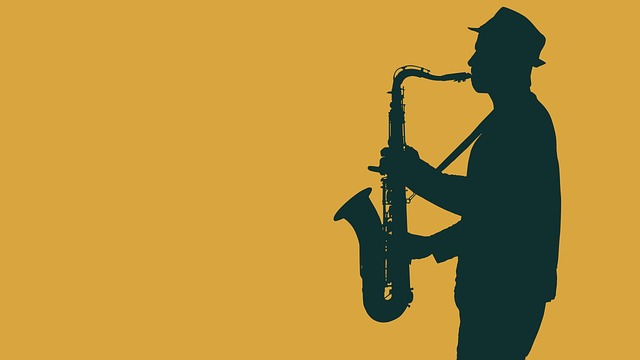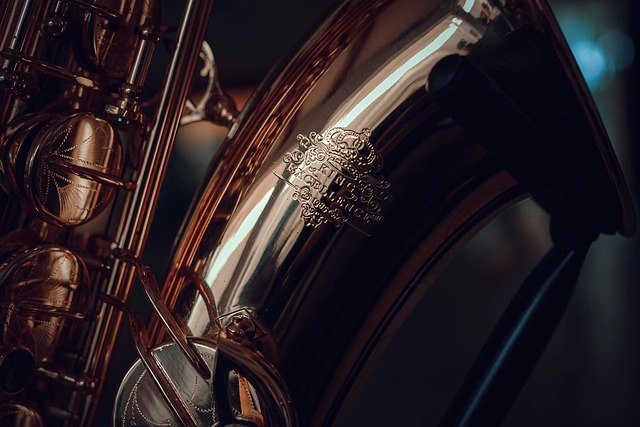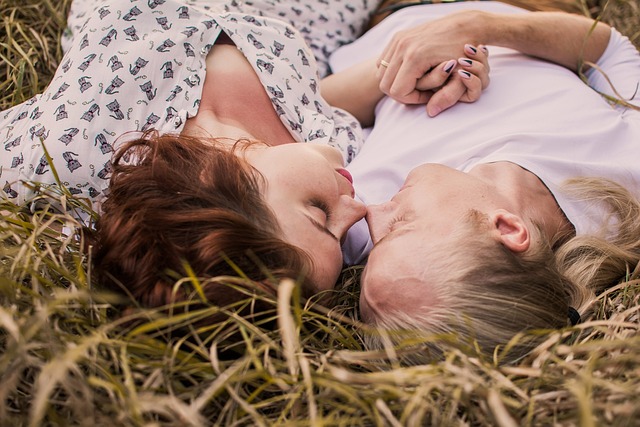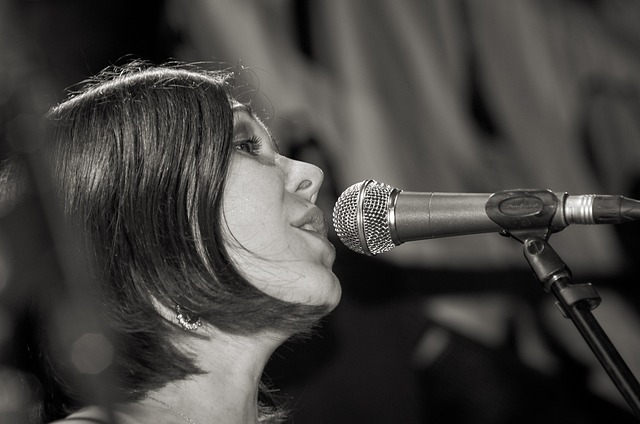Jazz culture has long been a living tapestry of rhythm, improvisation, and social change. It emerged from the streets of New Orleans, grew into a global language, and now permeates everything from high‑brow concerts to late‑night club beats. Its evolution mirrors shifts in society, technology, and artistic collaboration, making it a unique lens for examining musical genres, party atmospheres, and broader cultural trends.
The Birth of Jazz: From Ragtime to Collective Improvisation
In the late nineteenth and early twentieth centuries, the rich mix of African, Caribbean, European, and Native American influences in the Gulf Coast set the stage for a new musical form. Ragtime, with its syncopated melodies, provided a foundation that quickly transformed into a more spontaneous, collective improvisation. Early jazz bands, often small ensembles, began to play in dance halls, street corners, and riverboats, inviting audiences to feel the music in a way that had never been experienced before.
Key innovators like Buddy Bolden, Jelly Roll Morton, and Louis Armstrong turned improvisation into a communal conversation. Their ability to bend the melody, play with rhythm, and share emotional narratives made the music deeply resonant. This era also marked the beginning of jazz culture as a social movement, where people of different backgrounds could find common ground on the dance floor.
Swing and Big Band: The 1930s and 1940s Explosion
The 1930s saw jazz expand from small groups to big bands. Leaders such as Duke Ellington, Count Basie, and Benny Goodman orchestrated intricate arrangements that still left space for solos. Their music filled ballrooms across America, turning jazz culture into a staple of social life. The swing era also introduced dance styles—like the jitterbug and the lindy hop—that are inseparable from the music’s history.
- Big band arrangements emphasized rhythm sections and brass, creating a full, driving sound.
- Dance halls became hotspots where people mingled and celebrated during the Great Depression.
- The emergence of radio broadcasts helped disseminate jazz culture beyond local communities.
World War II and the Birth of Bebop
While swing dominated the dance halls, a quieter revolution was brewing in smoky clubs of New York’s Harlem. Musicians like Charlie Parker, Dizzy Gillespie, and Thelonious Monk began experimenting with complex chord progressions and rapid tempos. Bebop prioritized individual virtuosity over danceability, giving rise to a more intellectual side of jazz culture.
“Jazz, like life, is a series of improvisations, a chance to rewrite what has already been written,” said Dizzy Gillespie in the early 1940s, capturing the essence of bebop’s experimental spirit.
Cool, Hard, and Modal: The 1950s and 1960s Diversity
The post‑war period brought multiple streams of jazz culture. Cool jazz, led by Miles Davis and Gerry Mulligan, offered smoother, more relaxed sounds. Hard bop, exemplified by Art Blakey and Horace Silver, blended blues and gospel. Modal jazz introduced new scales, allowing improvisers to explore emotional depths. Each style contributed a unique thread to the overall tapestry of jazz culture.
- Cool jazz’s emphasis on space and nuance opened doors to new compositional techniques.
- Hard bop kept the blues central, fostering community and accessibility.
- Modal jazz’s freer approach influenced later experimental and fusion genres.
Jazz in the Civil Rights Movement
Throughout the 1960s, jazz culture became a vehicle for social commentary. Artists used their music to address inequality, segregation, and injustice. John Coltrane’s “Alabama” and Nina Simone’s “Mississippi Goddam” were powerful statements that intertwined artistic brilliance with political activism. The jazz community’s willingness to engage with societal issues cemented its place as a catalyst for change.
Fusion and the Globalization of Jazz Culture
The late 1960s and 1970s witnessed the blending of jazz with rock, funk, and world music. Bands like Weather Report, Return to Forever, and artists such as Herbie Hancock incorporated electric instruments and synthesizers. This period also saw jazz culture cross borders, embracing Latin rhythms, African polyrhythms, and Asian melodic structures. The result was a richer, more inclusive sonic palette that resonated with audiences worldwide.
Jazz Clubs and Venues: Spaces of Celebration
From the historic Preservation Hall in New Orleans to the legendary Village Vanguard in New York, jazz venues have always been more than performance spaces. They serve as cultural hubs where musicians, patrons, and innovators converge. A typical club night offers live recordings, spontaneous collaborations, and an atmosphere that feels both intimate and electric. These venues nurture the ongoing development of jazz culture.
Jazz Culture in Party Settings: From Lounge to Dance Floor
While jazz began as a sophisticated dance genre, it has evolved into a versatile backdrop for various party atmospheres. Modern lounge music often incorporates smooth jazz grooves, creating a relaxed yet engaging environment. In contrast, high‑energy dance parties sometimes feature house or techno tracks with jazz-inspired samples, allowing dancers to groove to familiar melodies while exploring new rhythms.
Social media platforms now allow DJs to mix classic jazz motifs with contemporary beats, broadening the reach of jazz culture to younger audiences. This blending of old and new ensures that jazz remains relevant in contemporary party scenes.
Festivals and Contemporary Events
Annual festivals such as the Montreux Jazz Festival, the New Orleans Jazz & Heritage Festival, and the North Carolina Jazz & Heritage Festival celebrate the rich history of jazz culture. These events feature both established legends and emerging artists, offering a platform for cross‑generational collaboration. They also highlight the global influence of jazz, with musicians from Asia, Africa, and Latin America contributing to the evolving soundscape.
The Future of Jazz Culture: Technology, Education, and Global Influence
Today’s digital era provides unprecedented tools for creating, sharing, and preserving jazz culture. Streaming services make recordings accessible worldwide, while social media enables real‑time collaboration. Educational platforms offer online courses and tutorials, ensuring that new generations can learn the language of improvisation and composition.
Moreover, international collaborations—such as Afro‑Brazilian ensembles and Eastern European improvisers—continue to push boundaries. The fusion of diverse musical traditions with jazz’s core elements promises a future where jazz culture remains dynamic, inclusive, and globally resonant.
Personal Reflections on Jazz Culture
As a listener who has journeyed from swing ballrooms to underground clubs, I’ve seen how jazz culture adapts to the spirit of its time. Whether it’s the raw energy of a bebop solo or the polished groove of a modern lounge track, each experience offers a new lens through which to view humanity’s creative pulse.
In essence, jazz culture is not merely a genre but an ever‑evolving conversation that invites listeners, musicians, and communities to participate. Its history reflects resilience, innovation, and a shared longing for expression. As we continue to dance, compose, and improvise, jazz culture will remain a testament to the power of music to connect, inspire, and transform the world.




